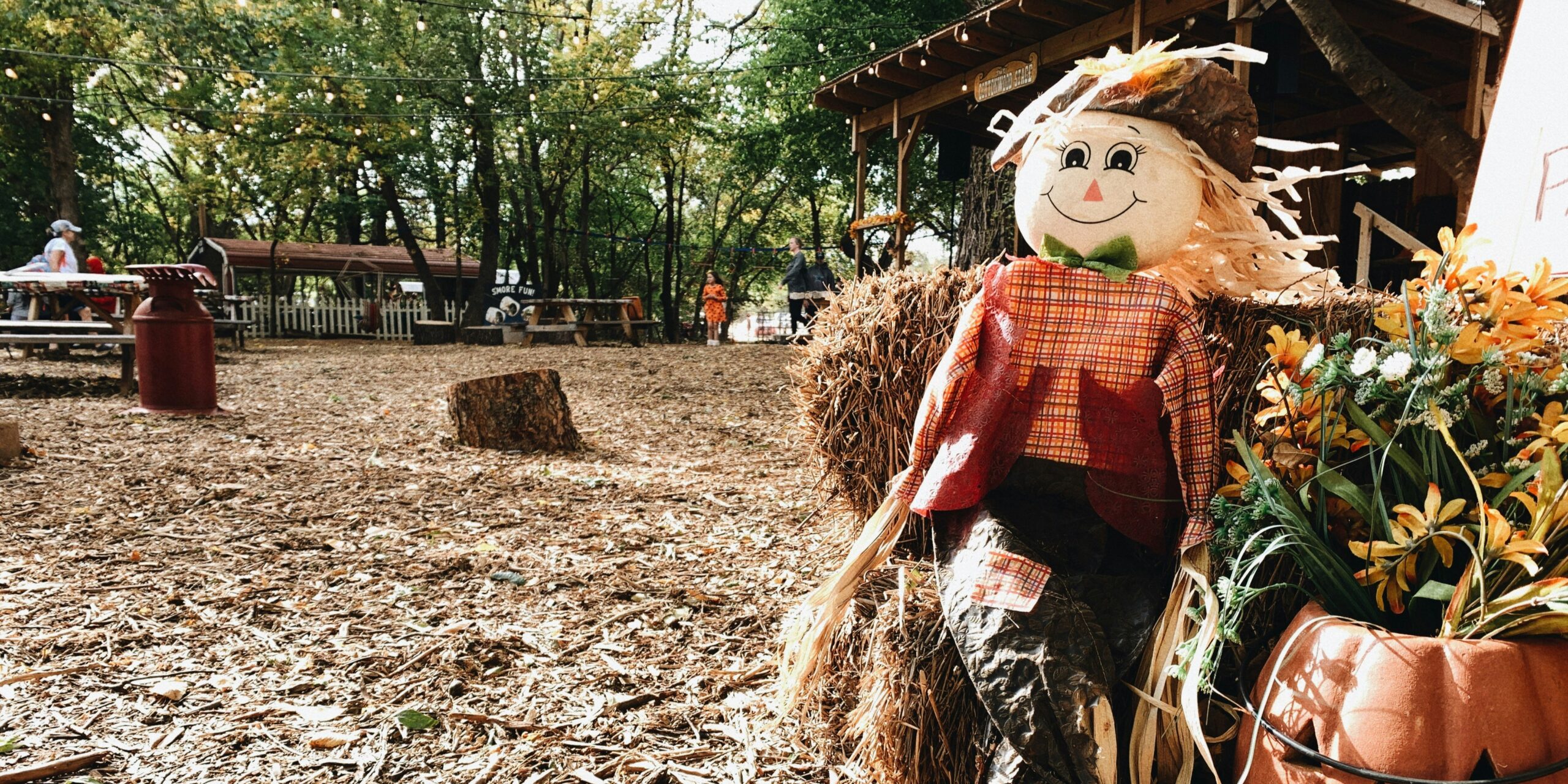Imagine strolling down a street where horse-drawn carriages clatter past meticulously restored Victorian houses, a saloon spills out raucous sounds of Old West revelry, and the general store sells vintage candy by the pound. Welcome to the world of Northern California’s living history towns, where the past isn’t just on display; it’s alive and well.
Columbia State Historic Park: Gold Rush Fever
The second you step onto the dusty streets of Columbia, the 21st century melts away. Suddenly, the scent of wood fires and freshly baked bread hangs in the air, while the sound of a blacksmith’s hammer echoes in the distance. Saloon doors swing open, spilling out a cacophony of laughter and ragtime piano tunes. A grizzled prospector strolls past, offering you a tip on where to try your luck panning for gold.
What makes Columbia more than just a collection of old buildings is the commitment to detail. It’s the weathered leather saddles in the stables, the vintage candy jars lined up temptingly in the mercantile, and the friendly banter of shopkeepers clad in bonnets and suspenders. “They don’t just tell you about history at Columbia,” explains a frequent visitor, “they invite you to live it, even if it’s just for a little while.”
For kids (and many adults!), Columbia is a historical playground. They can climb aboard a real stagecoach for a bumpy ride, witness the sparks fly at the blacksmith’s forge, and even dress up in period clothing for an old-fashioned portrait that might just become a treasured family heirloom.
Ferndale: A Victorian Cream City
Imagine a town where time seems to have slowed down, where ornate homes with colorful gables and wraparound porches stand proudly as testaments to a bygone era. That’s the magic of Ferndale, a place where the spirit of the Victorians lingers sweetly in the sea air. The town’s nickname, “Cream City,” hints at the abundance of those perfectly preserved Victorian homes, painted in soft, creamy hues that evoke a sense of old-world elegance.
But walking down Ferndale’s Main Street isn’t just about admiring the visual feast. There’s a deeper appreciation for craftsmanship here. You’ll find artisan shops showcasing handcrafted pottery and woodworking, a restored apothecary, and locals dedicated to keeping Ferndale’s architectural treasures looking their best. “Here, there’s a pride in tradition, in preserving the tangible connection to our past,” says a member of the local historical society.
And don’t think Ferndale is stuck in a time warp. While the town celebrates its history, it’s also a vibrant community. The scent of fresh pastries wafts from bakeries, art galleries showcase contemporary works alongside antiques, and the sound of acoustic guitar from a charming cafe spills onto the sun-dappled street. It’s a blend of old and new that feels surprisingly charming rather than disjointed.
These living history towns succeed due to far more than just their preserved structures. Here’s what makes them tick:
- Dedicated Inhabitants: Shopkeepers, restauranteurs, and residents embrace the town’s historical theme in their dress, offerings, and everyday interactions.
- Authentic Activities: You won’t find chain stores or modern intrusions. Instead, there are old-timey photoshoots, artisanal crafts, and demonstrations of period skills.
- Special Events Festivals and gatherings throughout the year celebrate everything from Victorian teas to Gold Rush Days, further immersing visitors in the chosen era.
For many, these towns offer more than just a quirky sightseeing stop. They provide a respite from our fast-paced, modern world and satisfy a longing for a simpler, tangible past. “There’s something comforting about experiencing history in such a visceral way,” reflects a regular visitor to Columbia. “It reminds you of the enduring human spirit and the importance of connection.”
Living history towns also offer families a unique chance to bond. Kids can momentarily trade screens for stagecoaches, learning about history through experience rather than just textbooks. “Places like these spark a child’s imagination in a way that’s increasingly rare,” says a teacher and mother of two.
Keeping a living history town feeling authentic while still addressing modern needs is a delicate dance. Regulations govern signage, building renovations, and even the businesses that can operate to maintain the historical ambiance.
“Running a business in a living history town means embracing the theme, but also being able to meet the demands of 21st-century customers,” says a bakery owner in Ferndale.
Planning Your Time-Traveling Adventure
Interested in experiencing Northern California’s yesteryears? Here are a few tips:
- Do Your Research: Each living history town focuses on a different period. Find one that sparks your interest.
- Slow Down: Rushing through won’t do it justice. Plan enough time to wander, chat with shopkeepers, and maybe partake in a historical activity.
- Embrace the Theme: Leave the modern cynicism at home. A little willingness to play along enhances the experience for both yourself and others.




